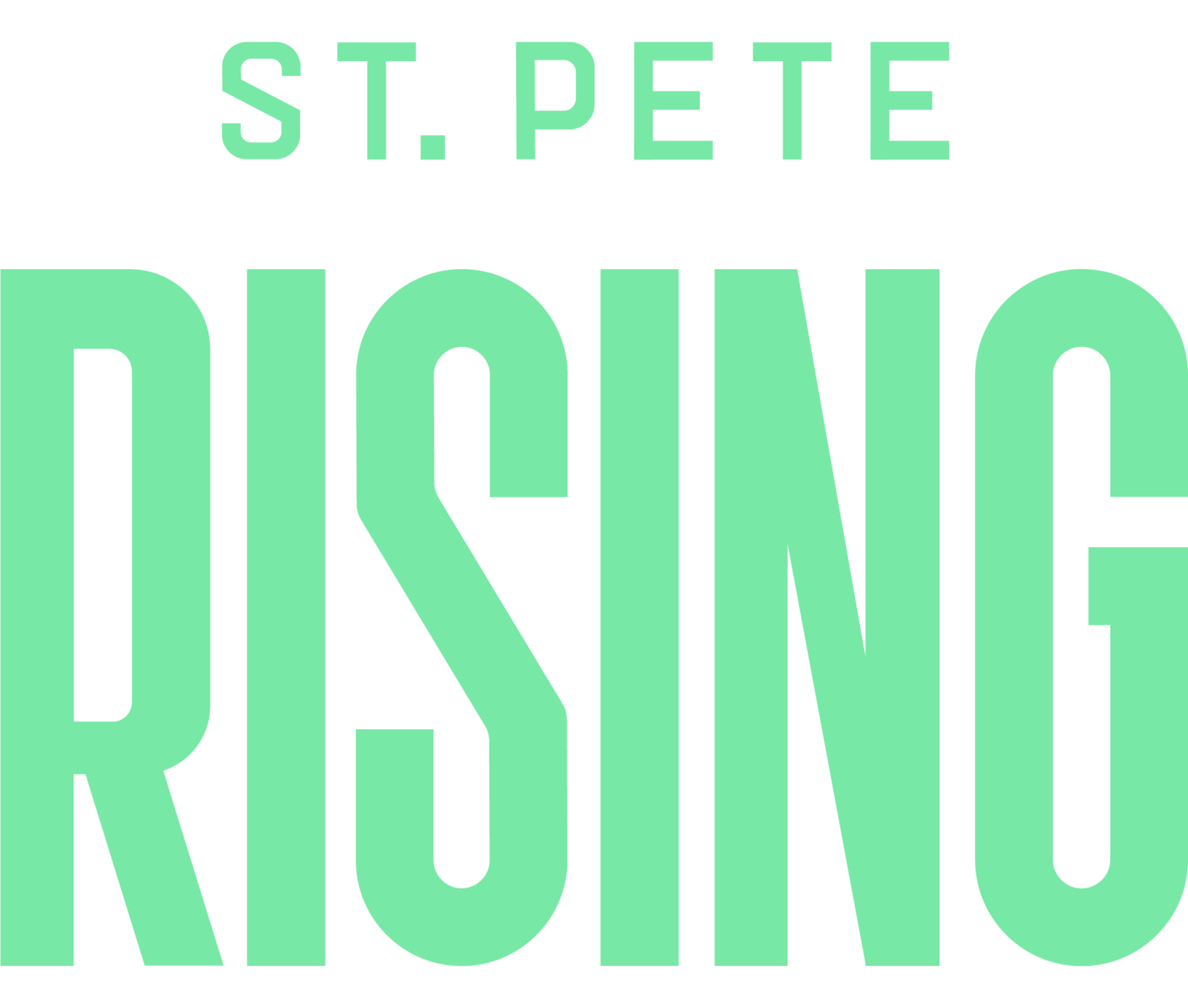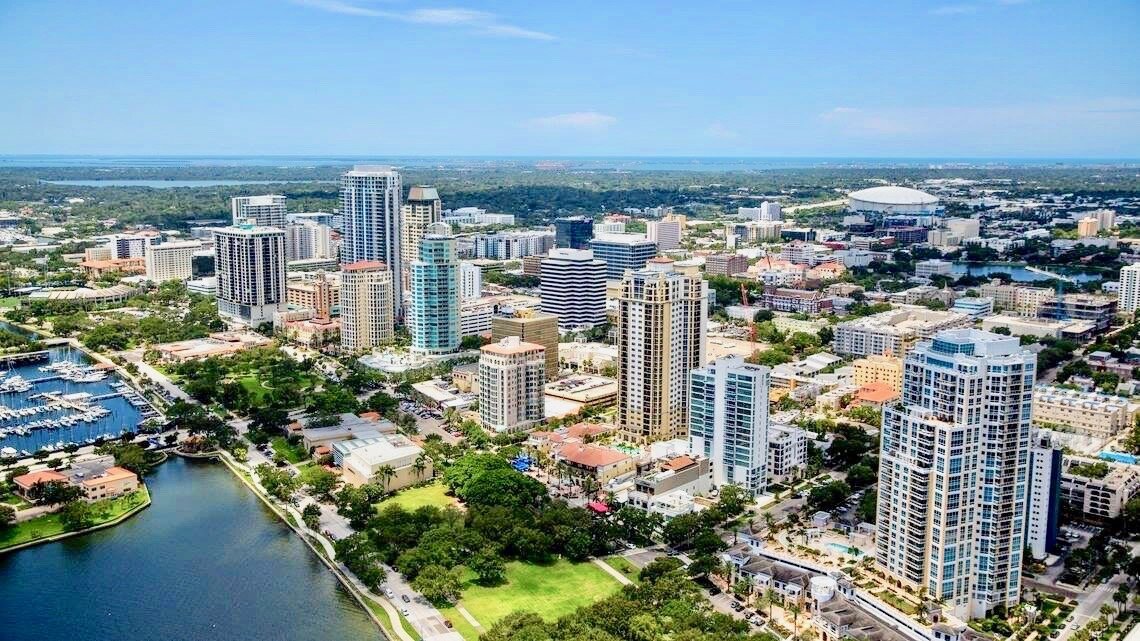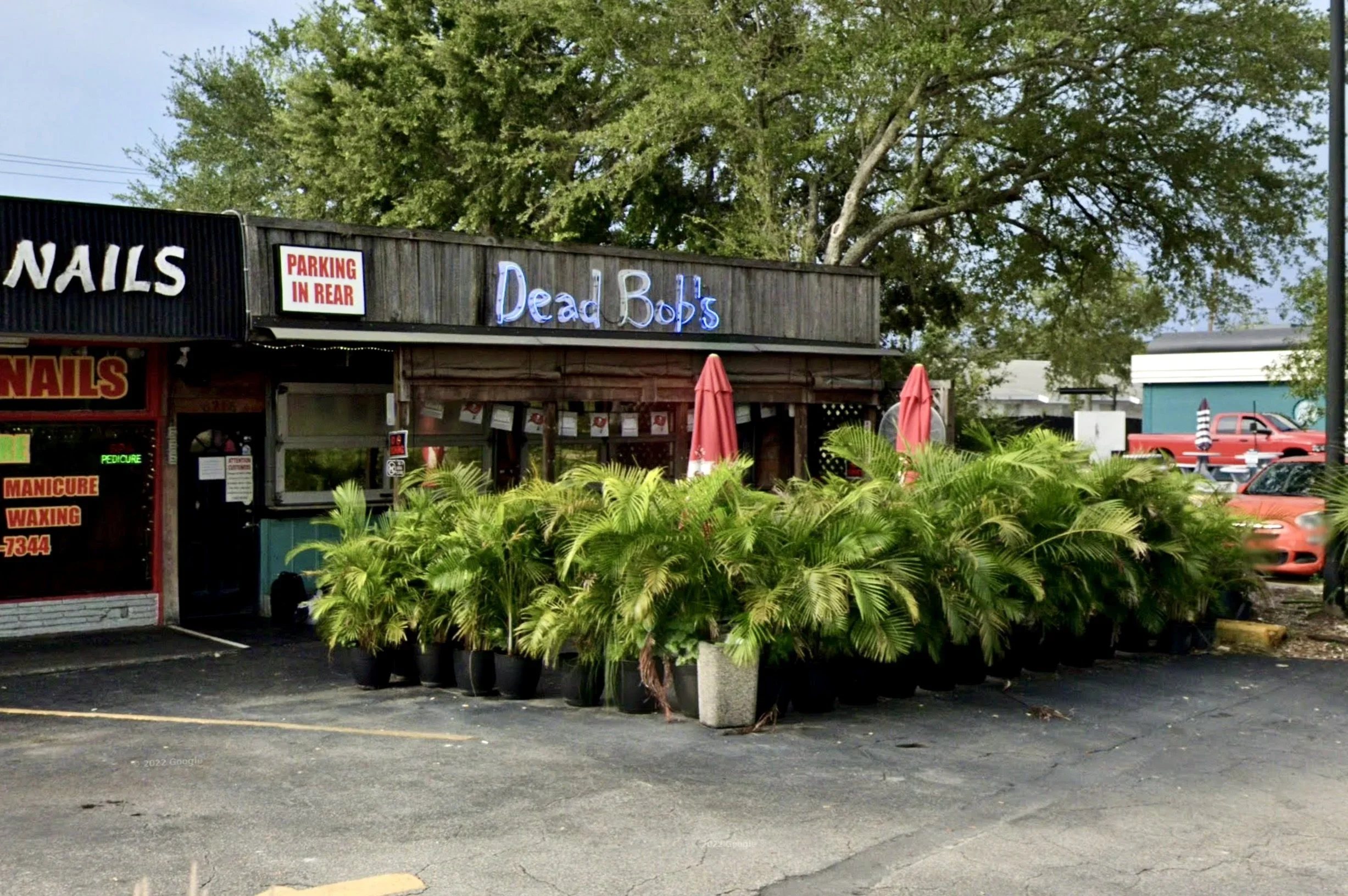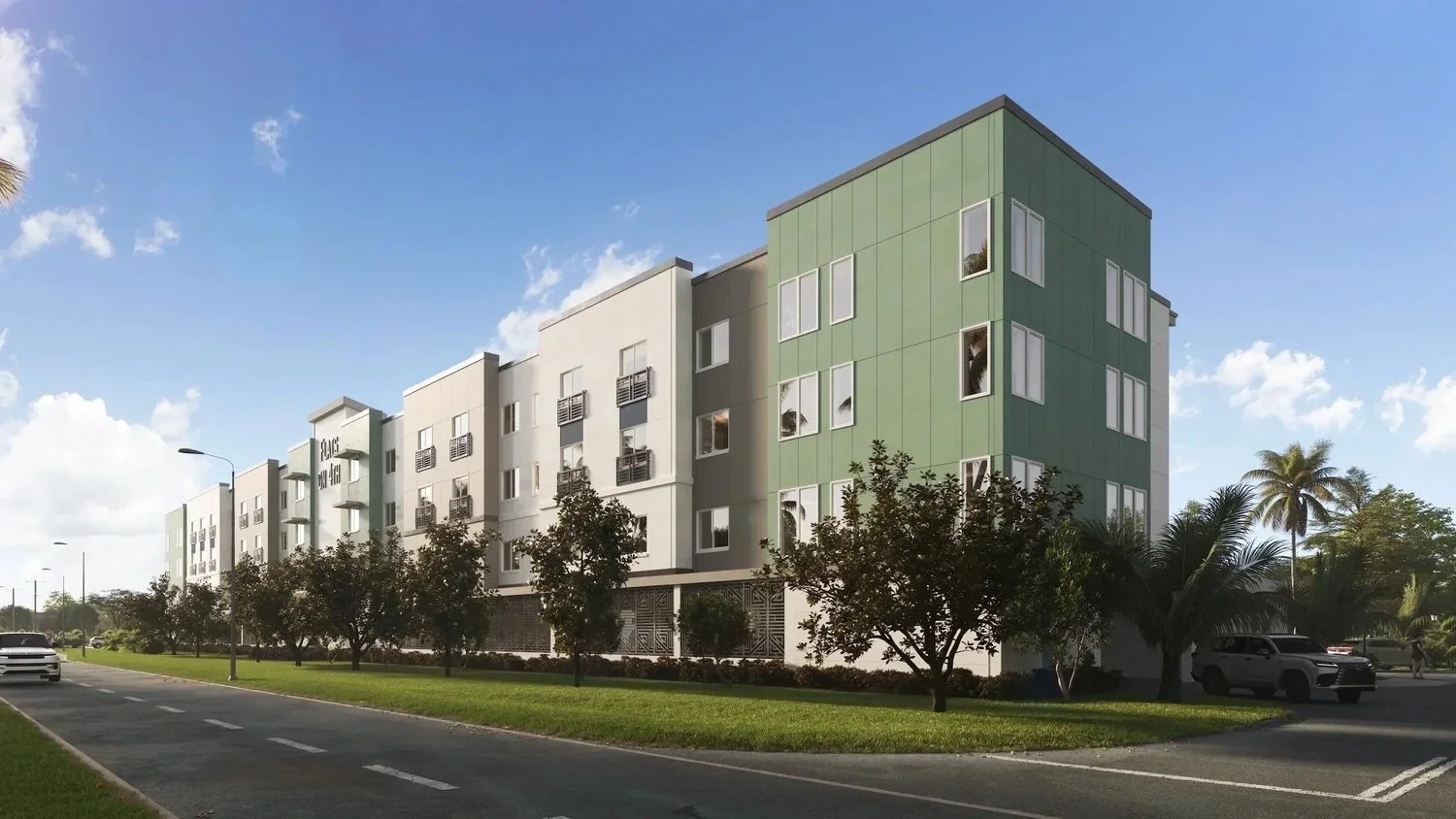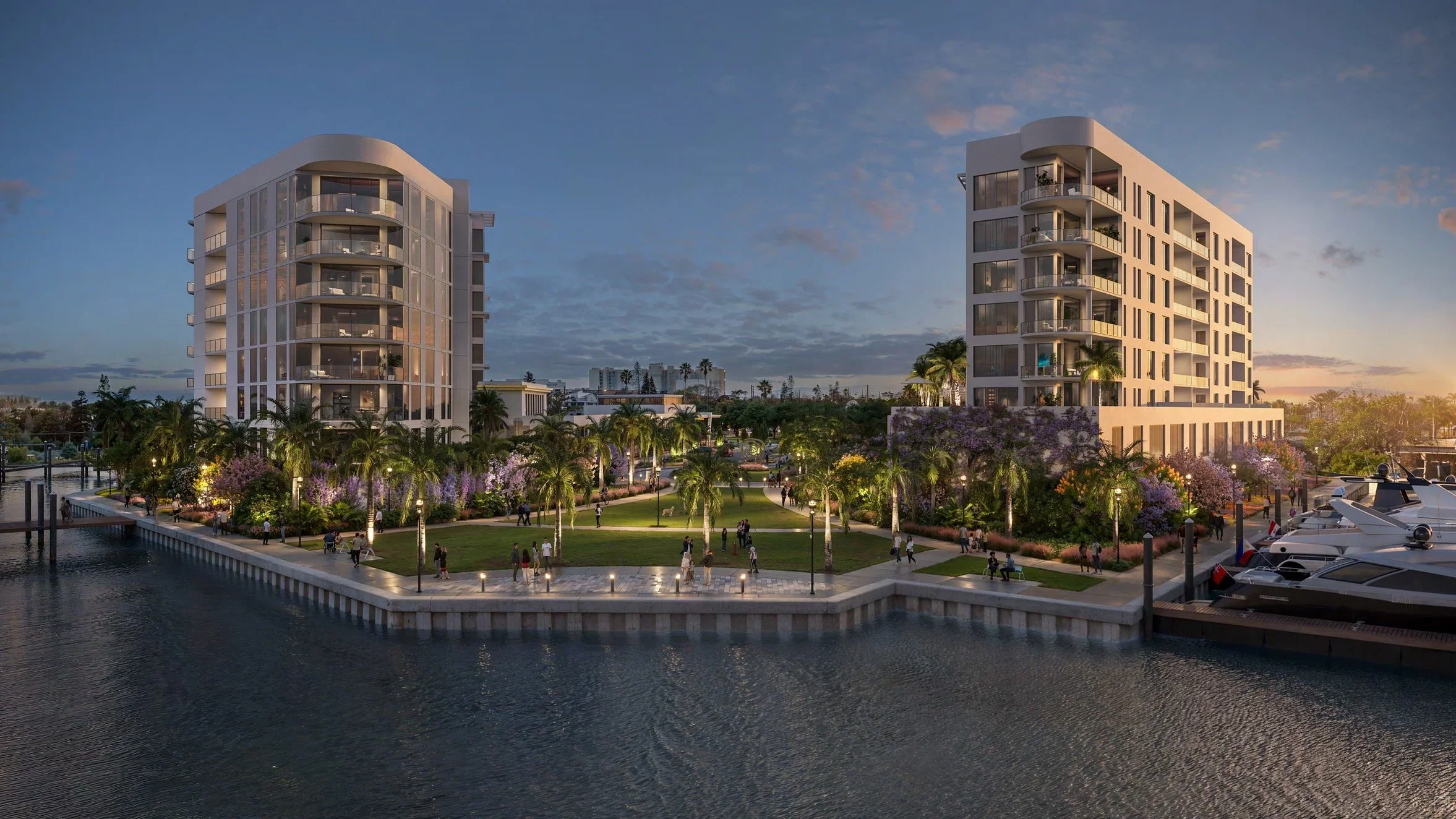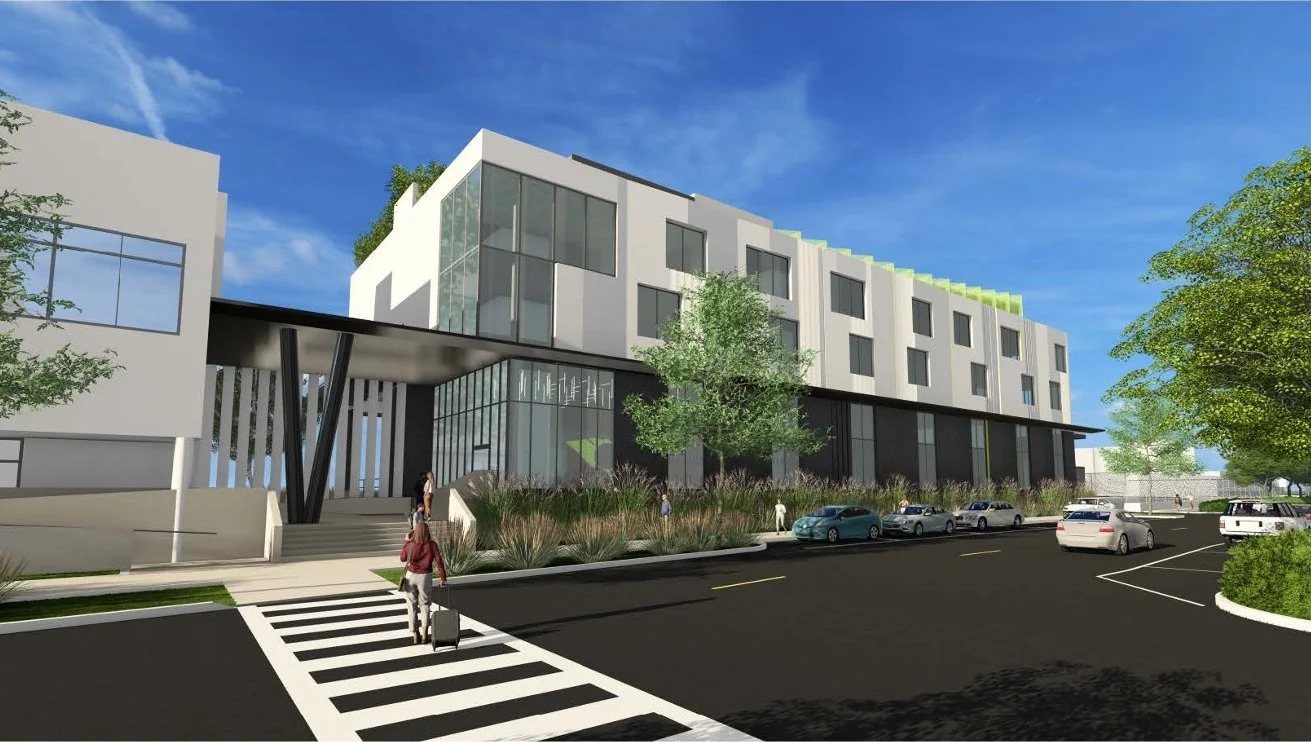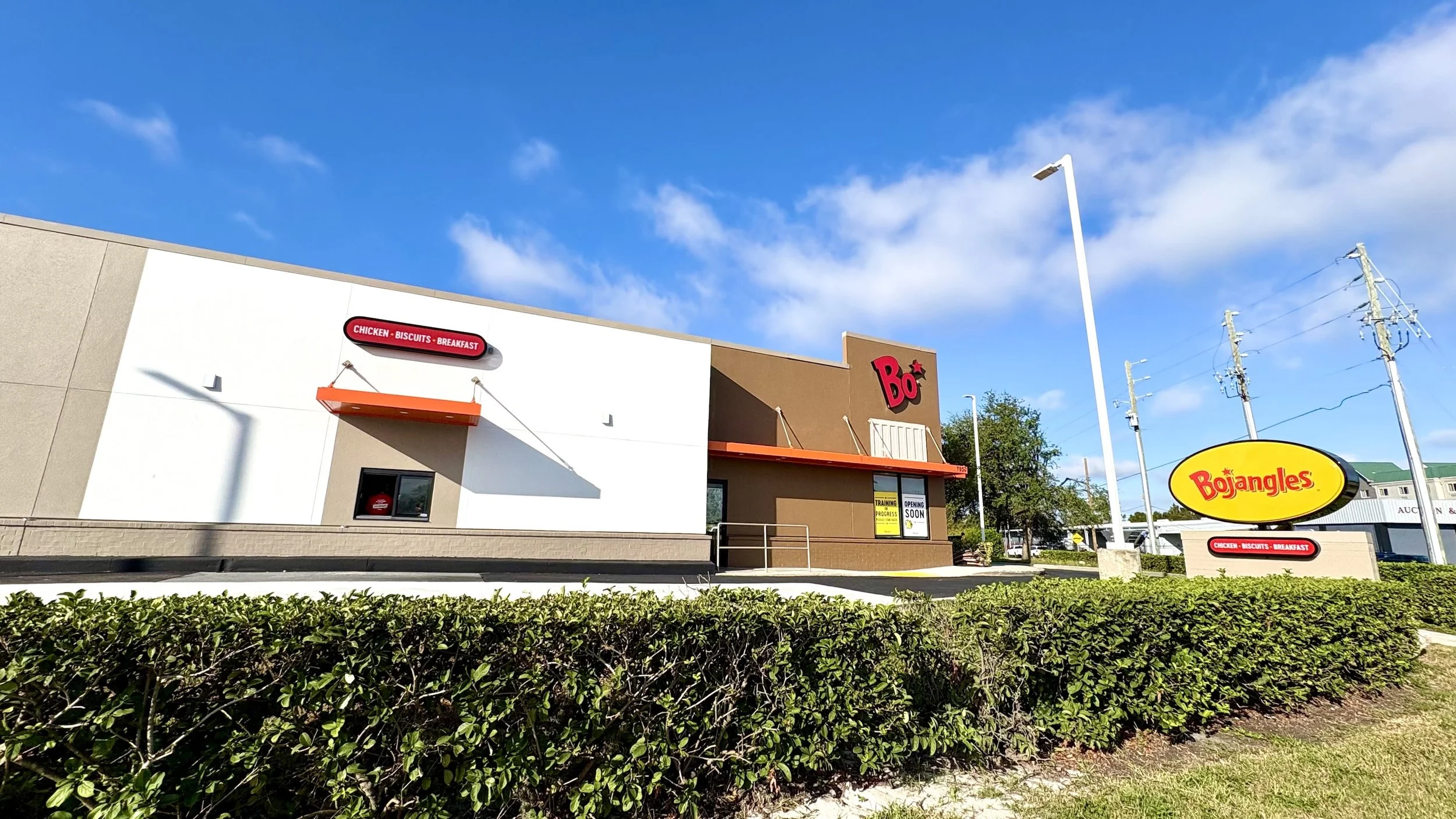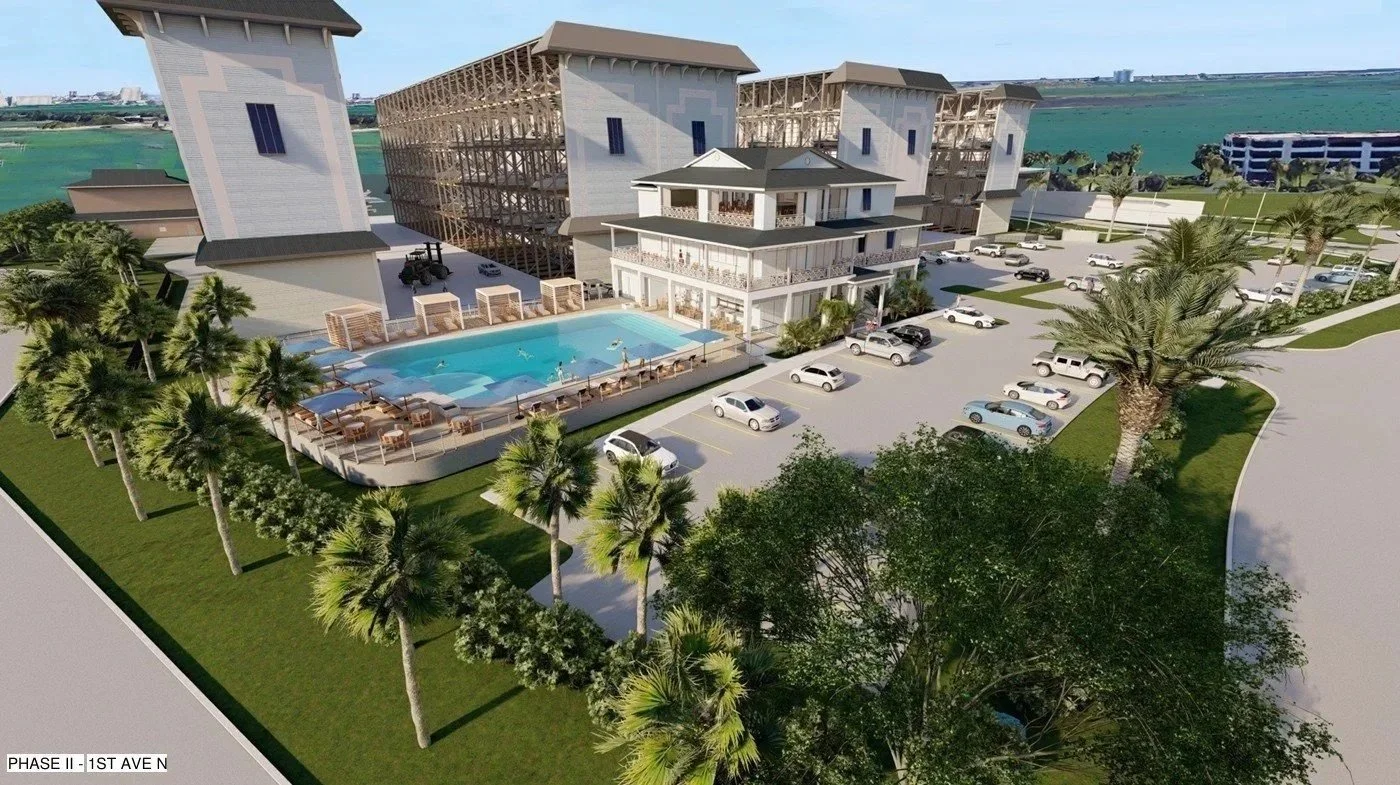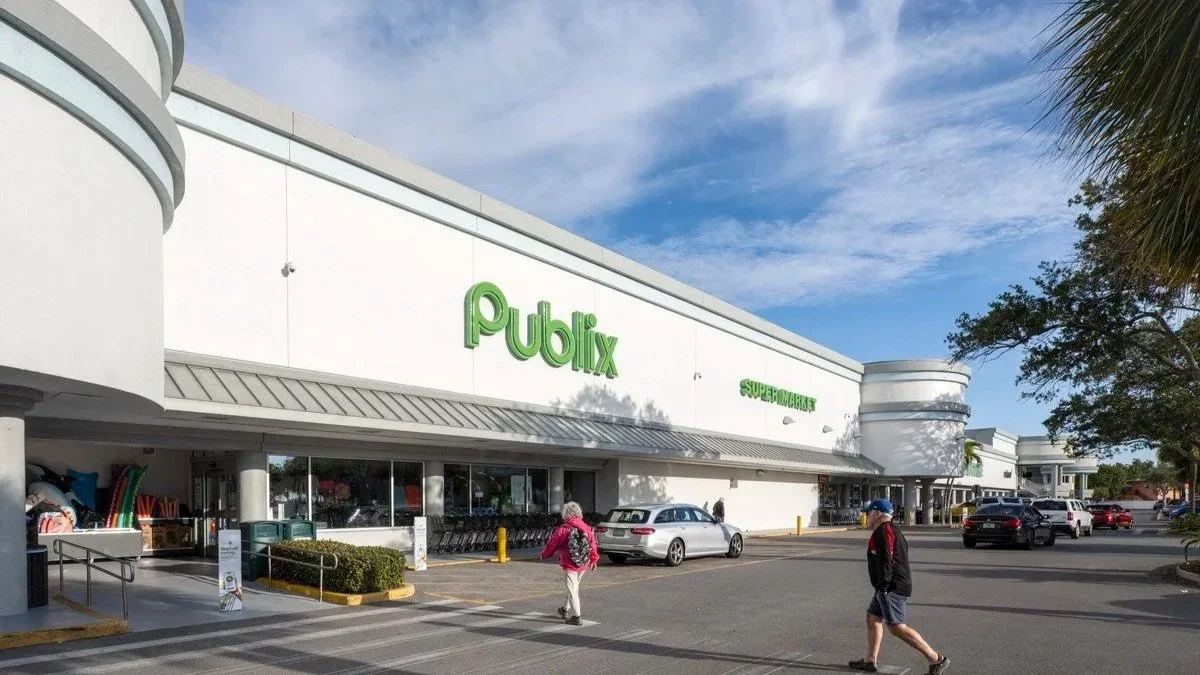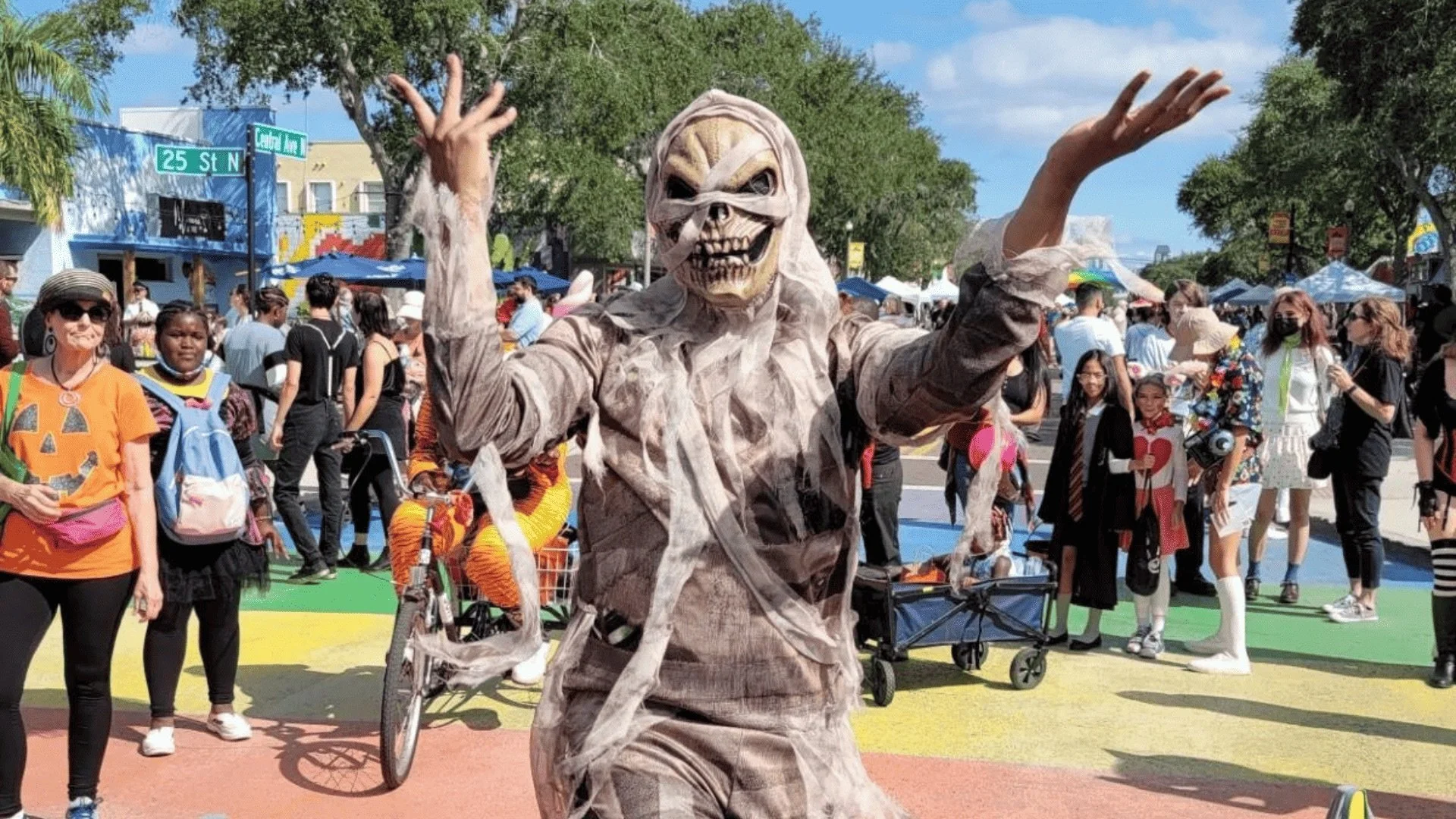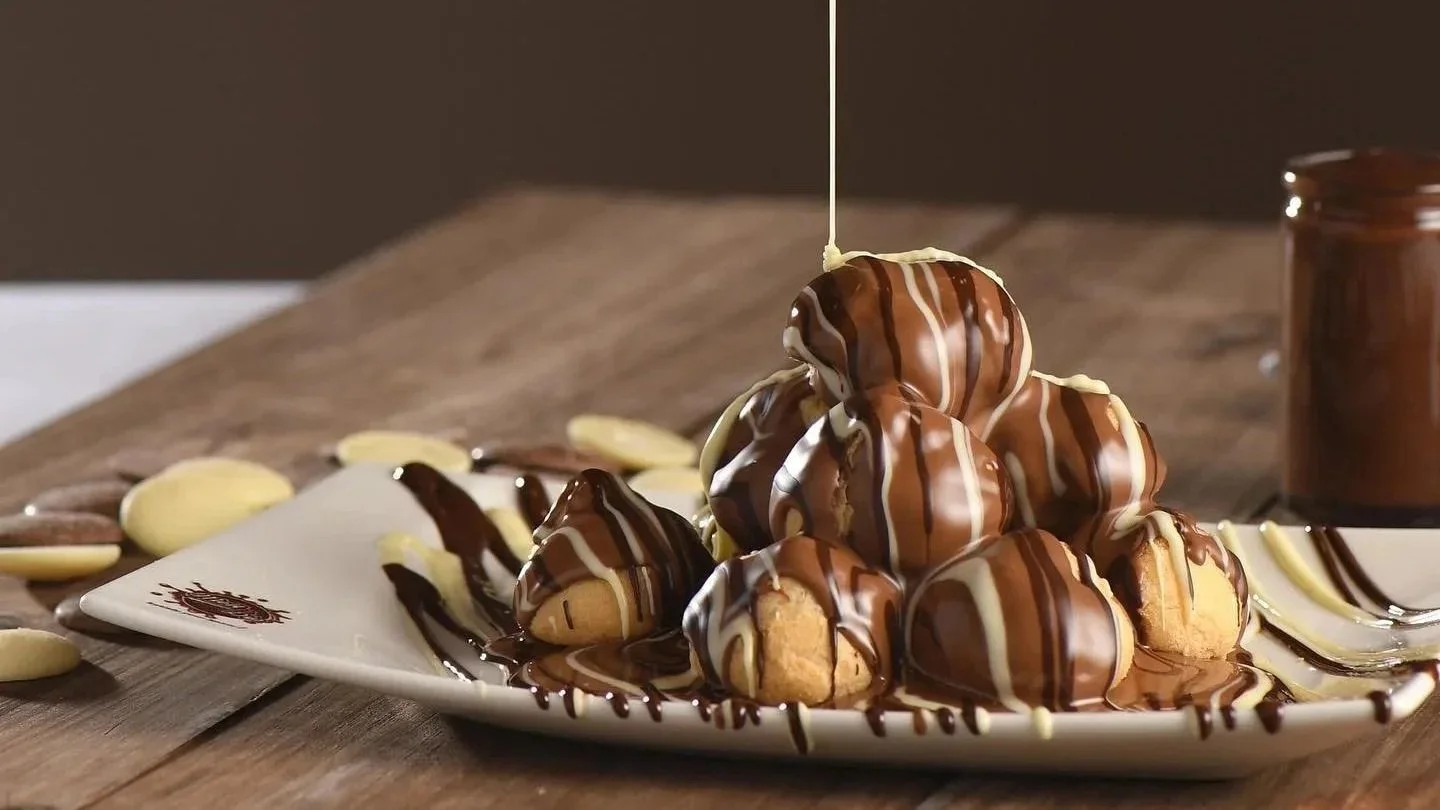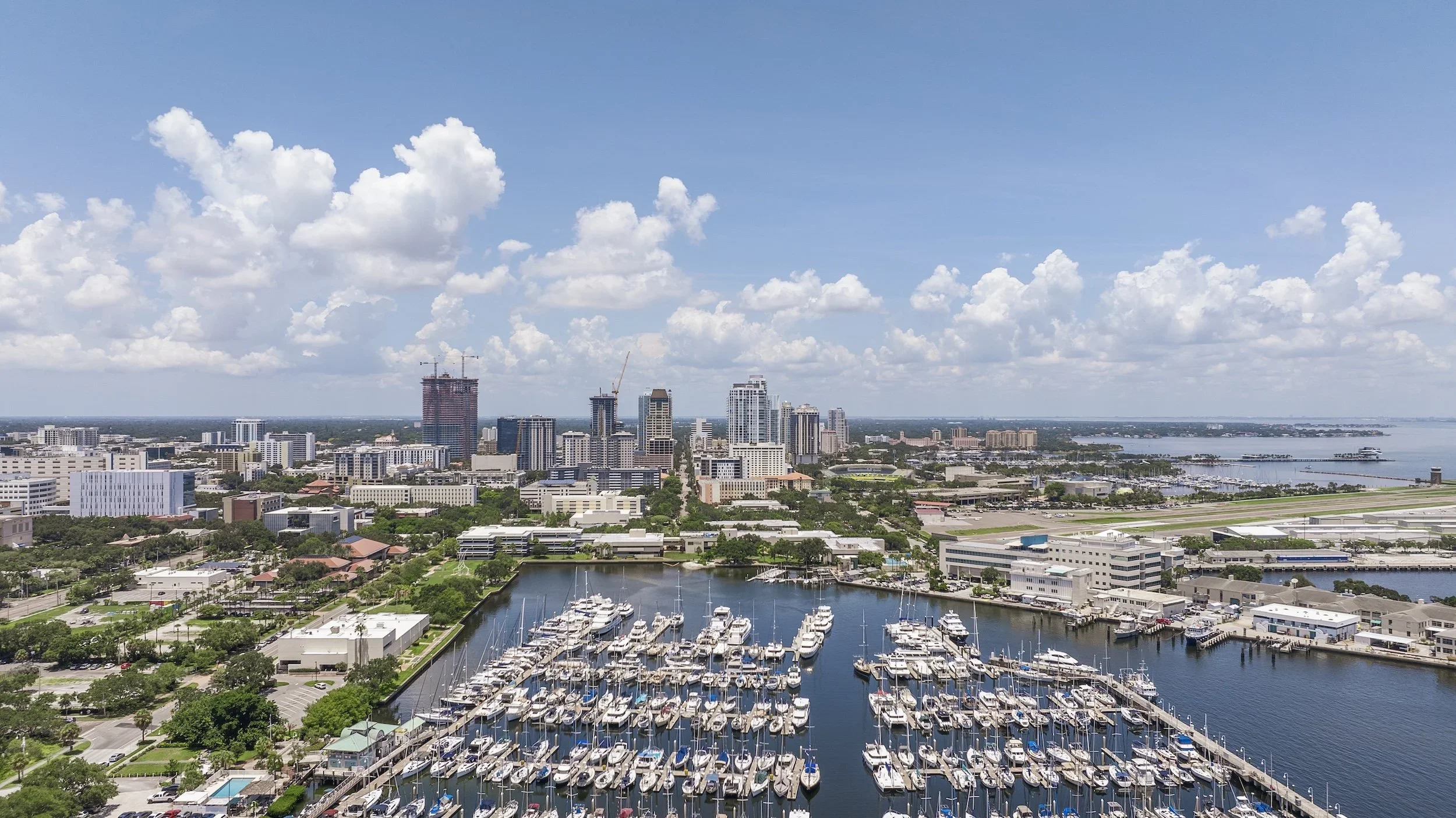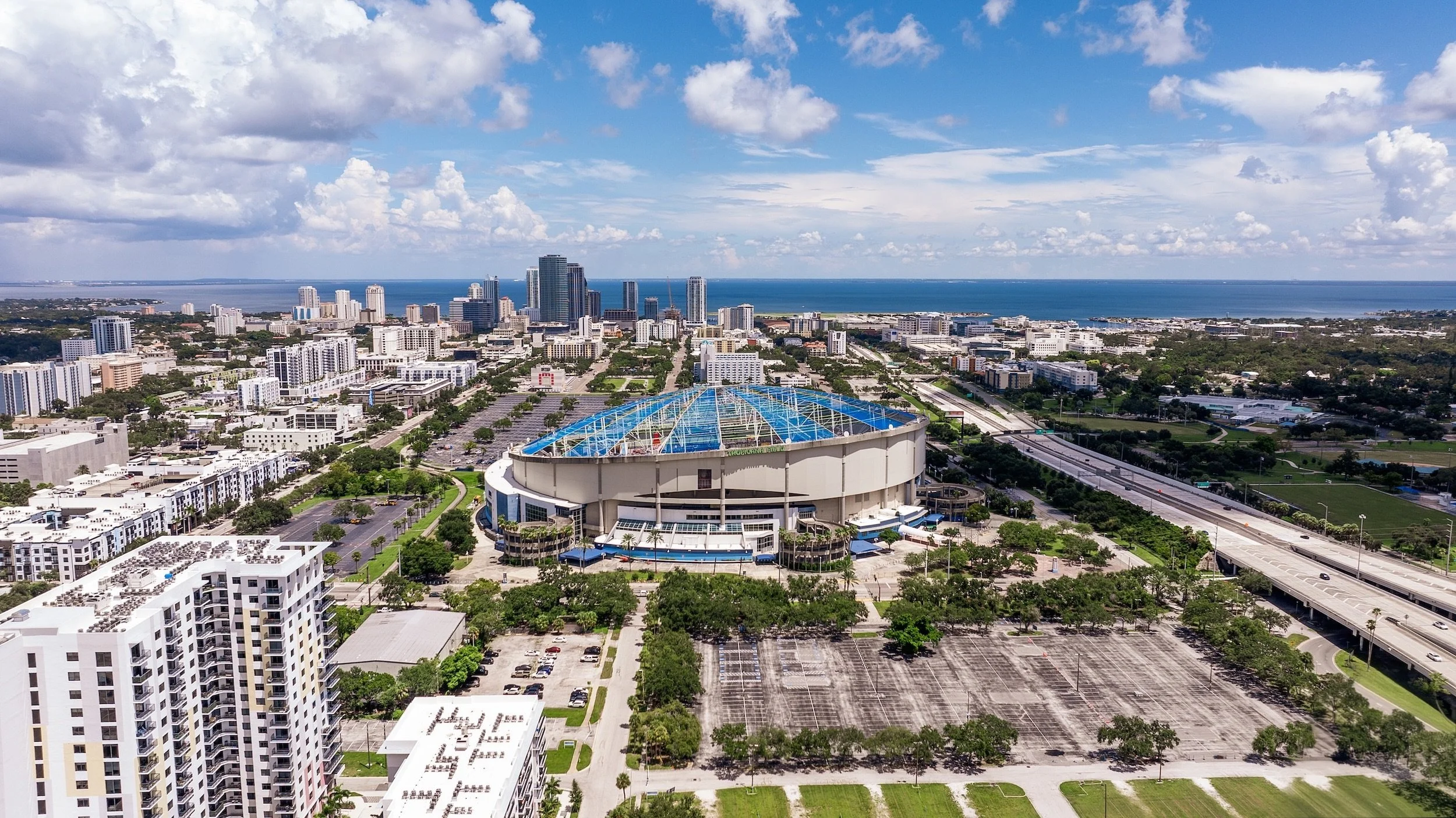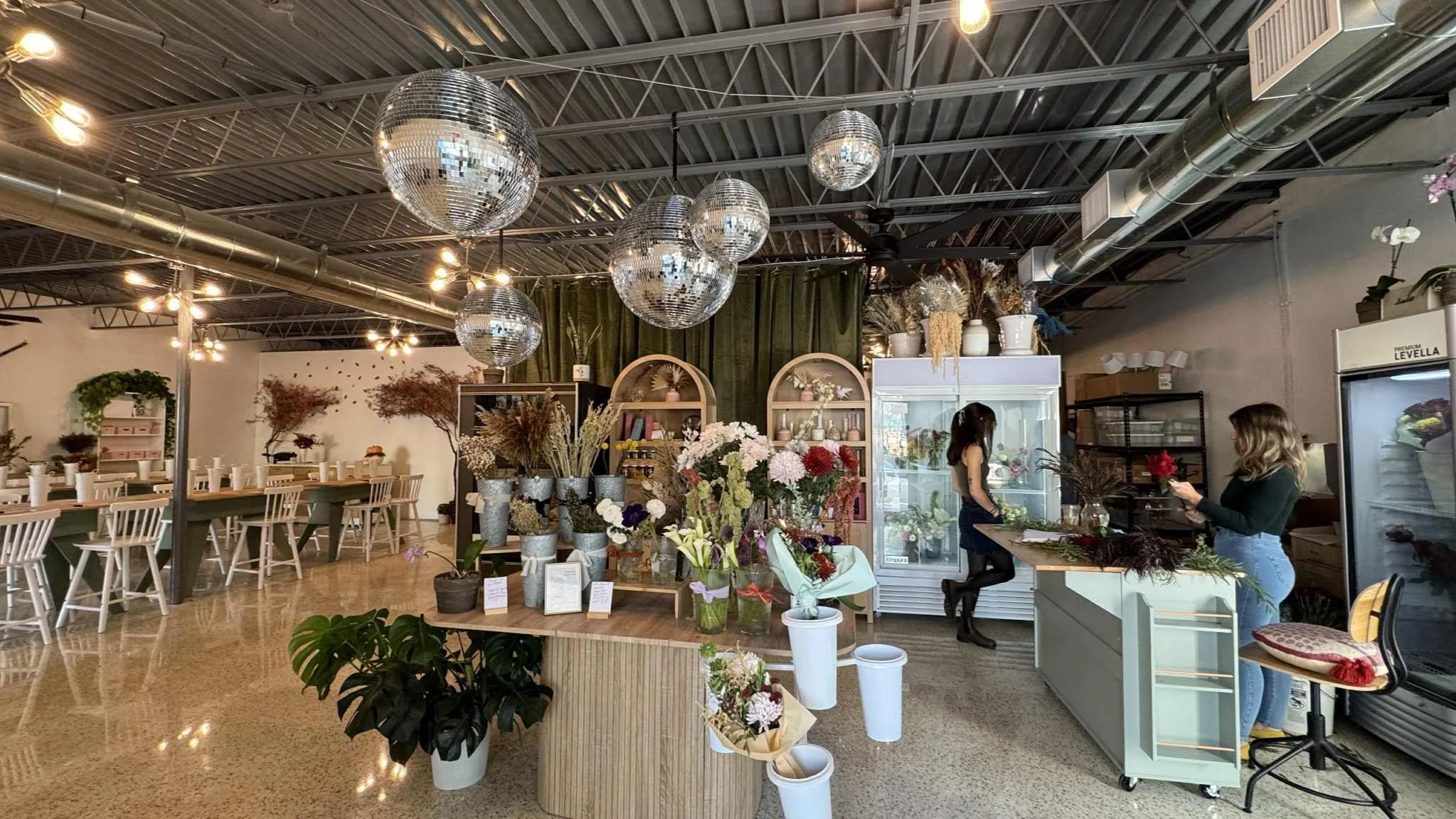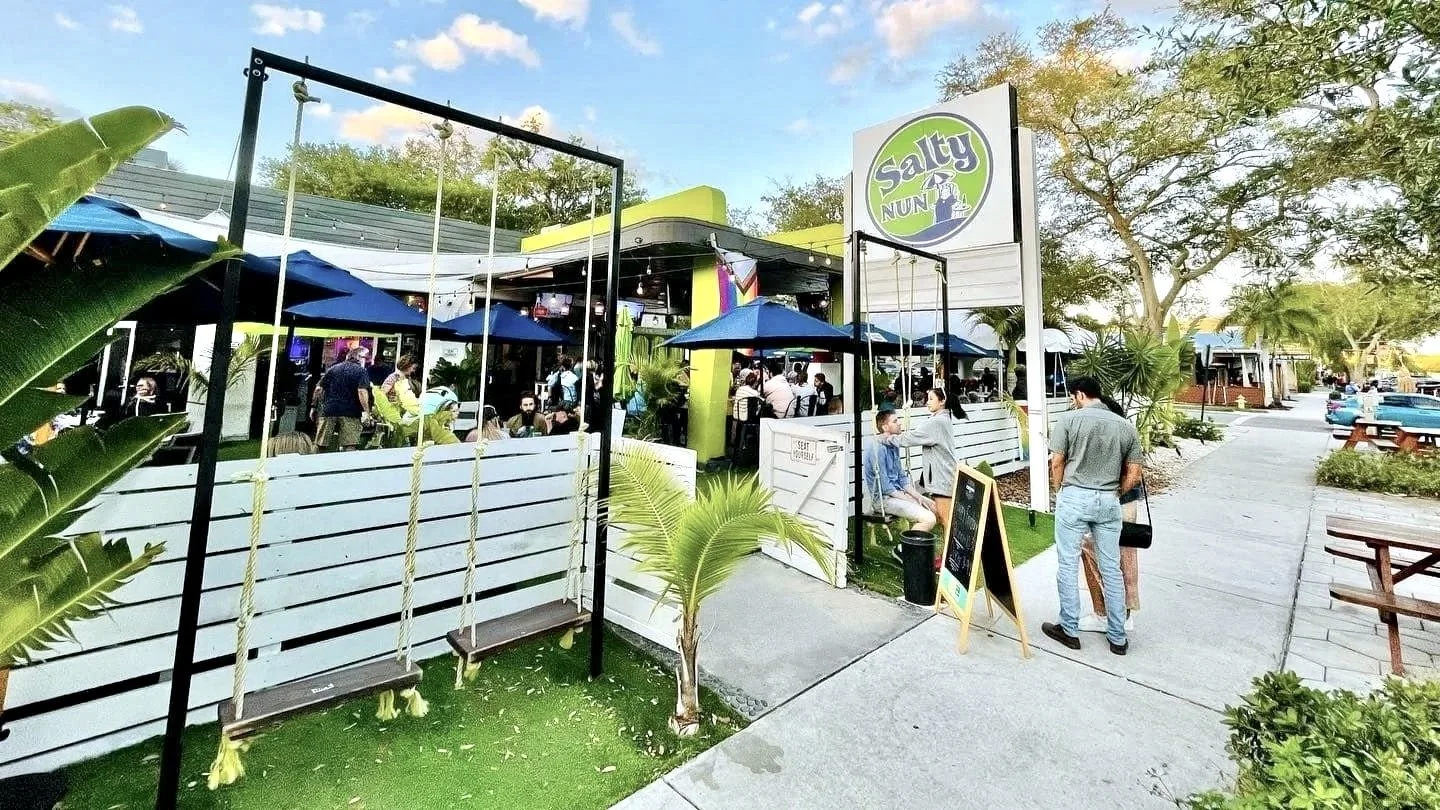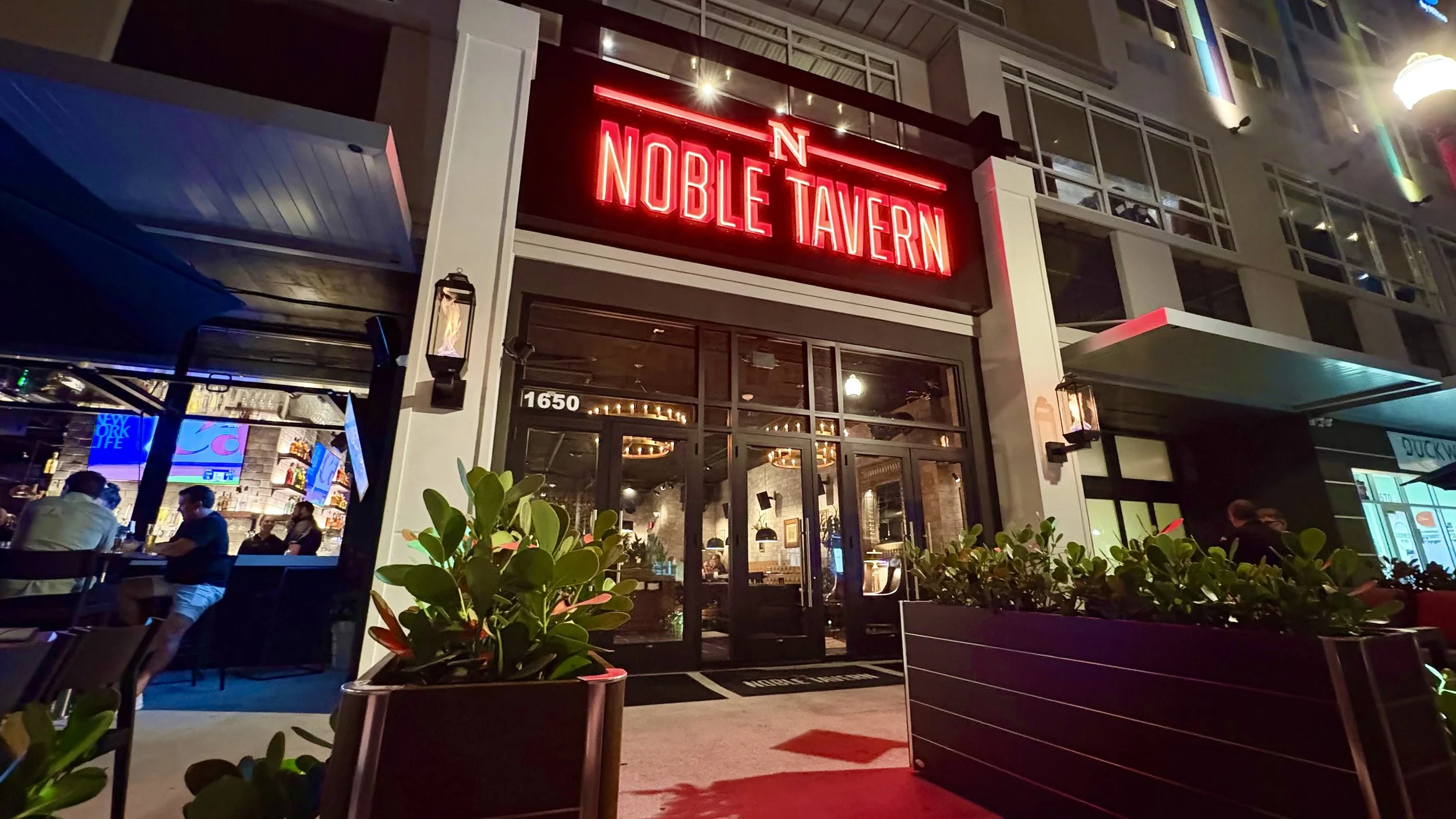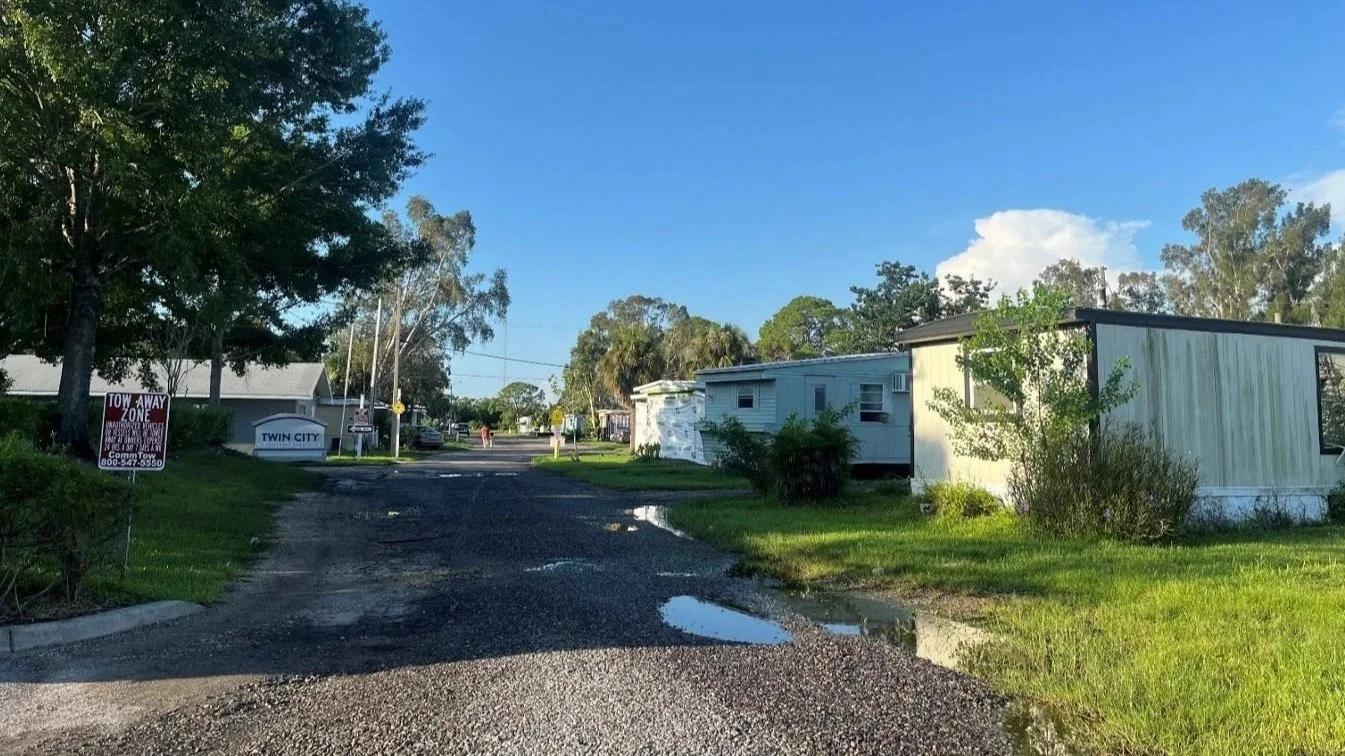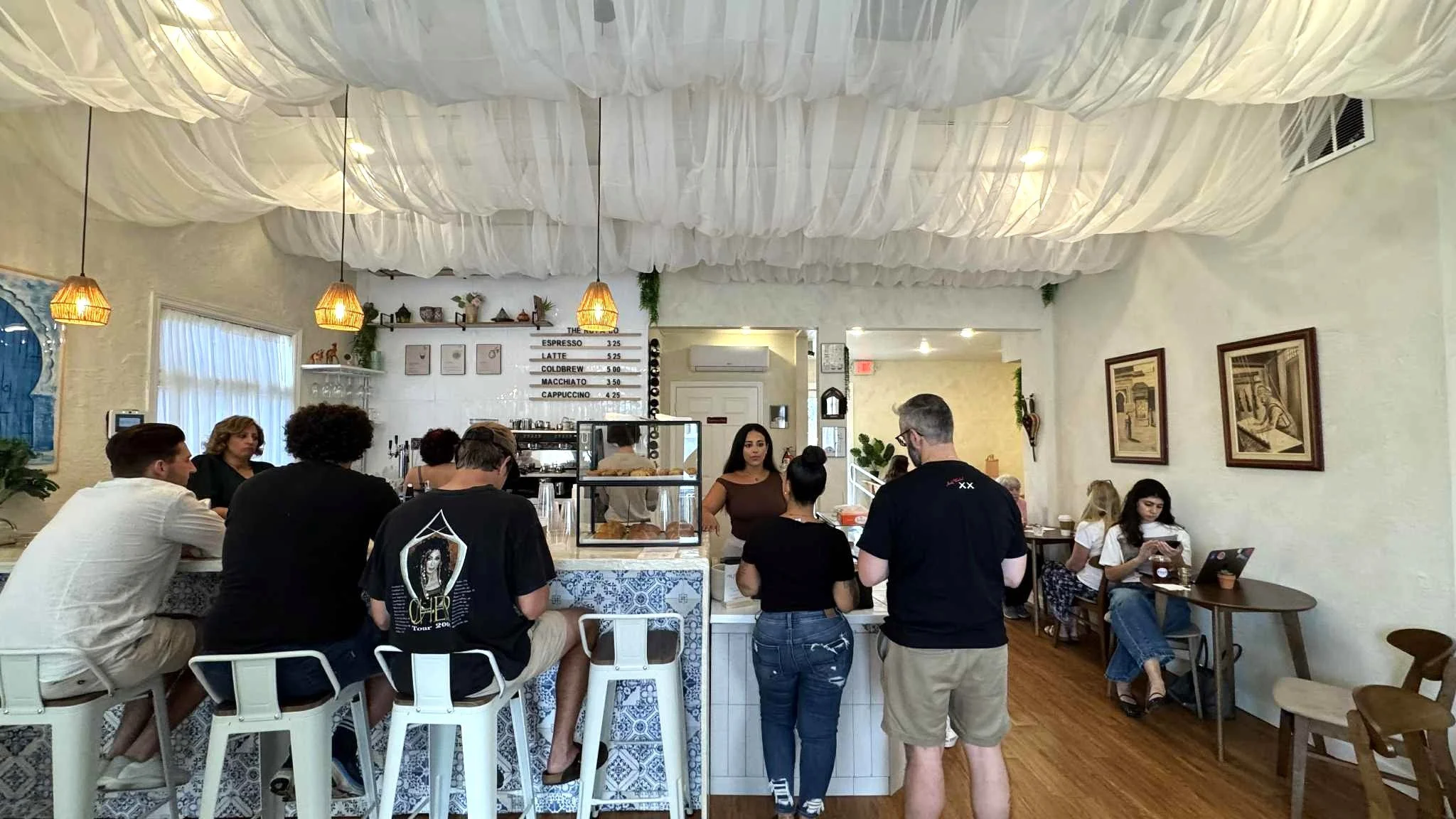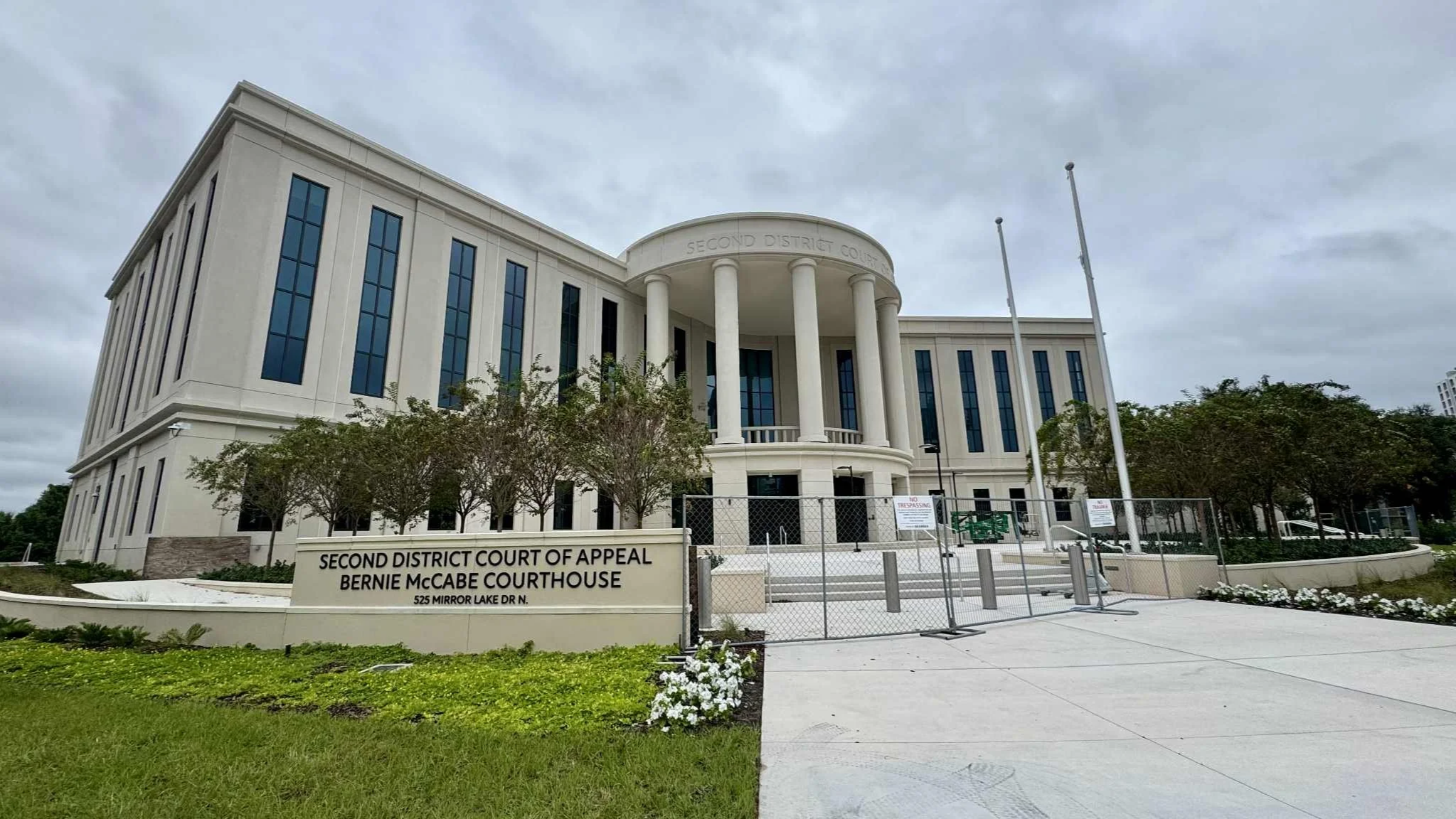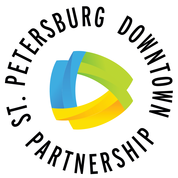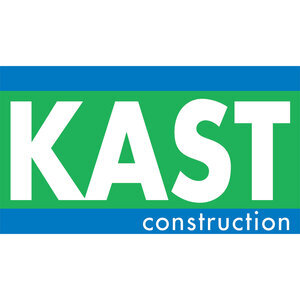The Rays reveal renderings of new $1.3 billion stadium in downtown St. Petersburg
/The new $1.3 billion Tampa Bay rays stadium is set to be the most intimate in Major League Baseball with a capacity of 30,000 | Tampa Bay Rays
The Tampa Bay Rays have unveiled new renderings for their proposed baseball stadium in downtown St. Petersburg, ahead of an upcoming City Council meeting.
The stadium plans will be discussed in a Committee of the Whole (COW) meeting on June 12th. The Tampa Bay Rays anticipate getting approvals in July and ultimately expect to begin construction in early 2025 with a planned opening in time for the 2028 baseball season.
Designed by architectural firm Populous, the stadium is set to be the most intimate in Major League Baseball (MLB) with a capacity of 30,000. This capacity includes between 27,000 and 29,000 fixed seats, with the remainder being standing room areas.
Currently, the smallest stadium in the MLB is Progressive Field, home to the Cleveland Guardians, with a capacity of 34,830. The Pavilion will replace Tropicana Field, which has a capacity of over 45,000, although its current baseball capacity is 25,025.
“Our baseball park will be the most intimate and inviting in the sport,” said Rays President Matt Silverman. “The park is designed to bring our fans as close to the field as possible, to create a distinctive, compelling game experience.”
A first look at the Tampa Bay Rays new $1.3 billion stadium from the outfield | Tampa Bay Rays
The new $1.3 billion ball field has been tentatively named the Pavilion, a nod to pavilions found around St. Pete, such as at Fort DeSoto, which serve as a place for the community to gather, tell stories, and make memories.
The stadium will anchor the massive $6.5 billion mixed-use Historic Gas Plant District redevelopment. In addition to a new stadium for the Rays, the development will feature 5,400 residential units, 750 hotel rooms, 1.4 million square feet of Class A office and medical space, and 750,000 square feet of retail space, among other amenities. The redevelopment aims to revitalize the area, offering a blend of residential, commercial, and recreational spaces.
Populous has designed the stadium with a fixed roof, the only in MLB, that reaches a height of 240 feet, with a three-deck scheme that steps down to 90 and then 60 feet to create a more approachable street-level presence.
Although the stadium will have a fixed roof, large glass windows in the upper and lower decks will allow natural light and breezes inside. The outfield will feature a large glass wall to seamlessly blend the indoors and outdoors.
The entry gate at the new Rays stadium, set to open in time for the 2028 baseball season, pending required approvals from the City of St. Pete and Pinellas COunty | Tampa Bay Rays
In a conversation with local media on Wednesday, Zach Allee, Lead Designed at Populous, and Byron Chambers, Design Principal at Populous, emphasized that the stadium has been designed to mimic the pedestrian scale of St. Petersburg’s historic development patterns.
For instance, Populous has tentatively named the lower level of the stadium the Porch, acknowledging the front porches that were prevalent in nearly all the homes in the Gas Plant District prior to the neighborhood’s demise in the 1980s.
The Porch will respond to the current climate, creating shade and allowing bars and restaurants to be inside and outside the ballpark. The intent is to have openings in the stadium’s glass to allow people to walk in and out of the ballpark at will.
The stadium's activity will be centered around a pedestrian plaza on 2nd Avenue South with multiple food and beverage outlets, including a potential two-story brewery, food court, and team store. The main entry plaza is designed to accommodate pre- and post-game activities, including concerts both large and small. These outlets will serve fans both inside and outside the ballpark, ensuring vibrancy on non-game days as well.
“Designing this next-generation major league ballpark and development together within the heart of a great city is something that has never been done before,” said Allee. “The opportunity to do something unique, innovative and authentic for St. Petersburg and Tampa Bay Rays fans is truly exciting.”
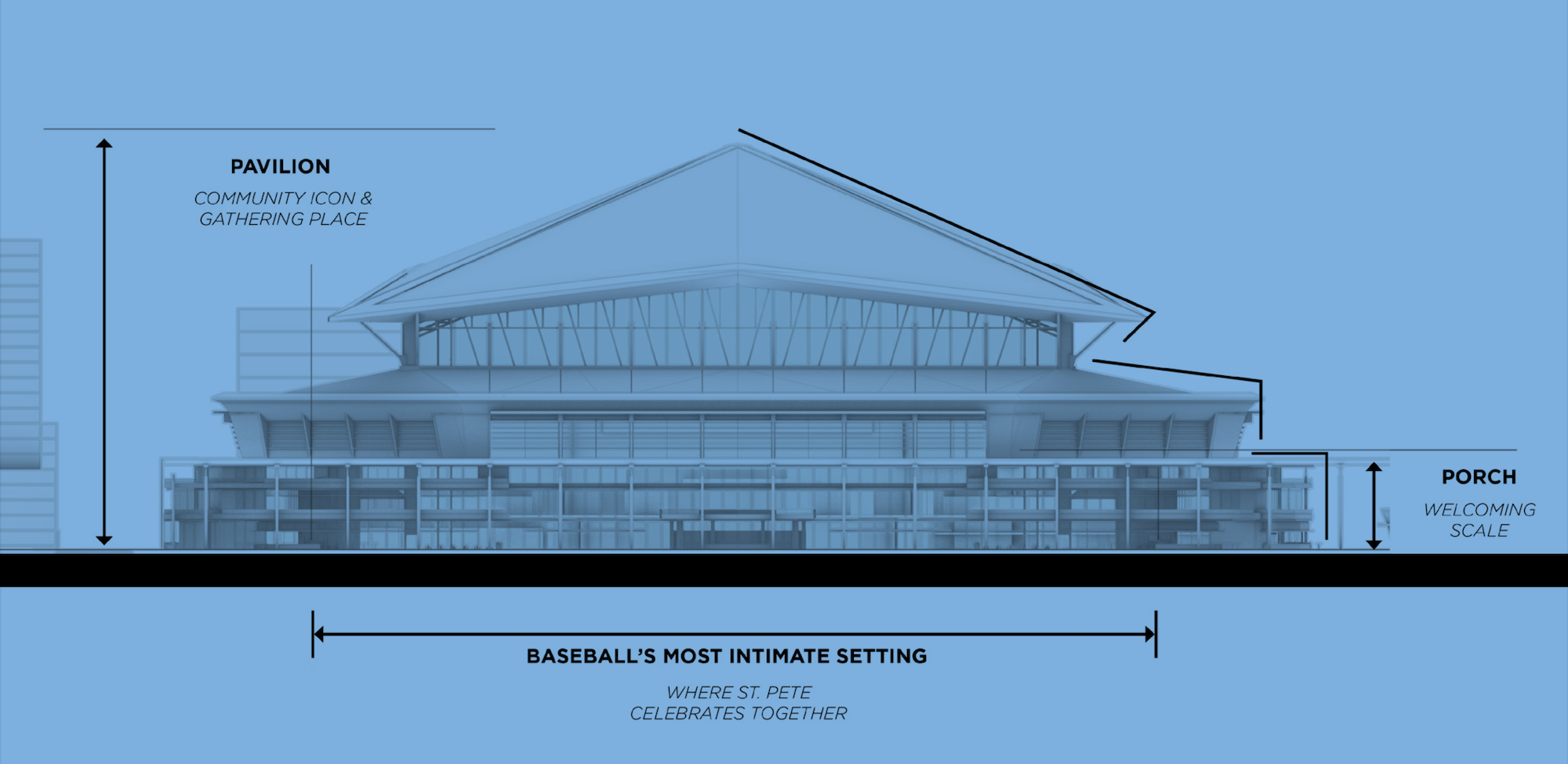
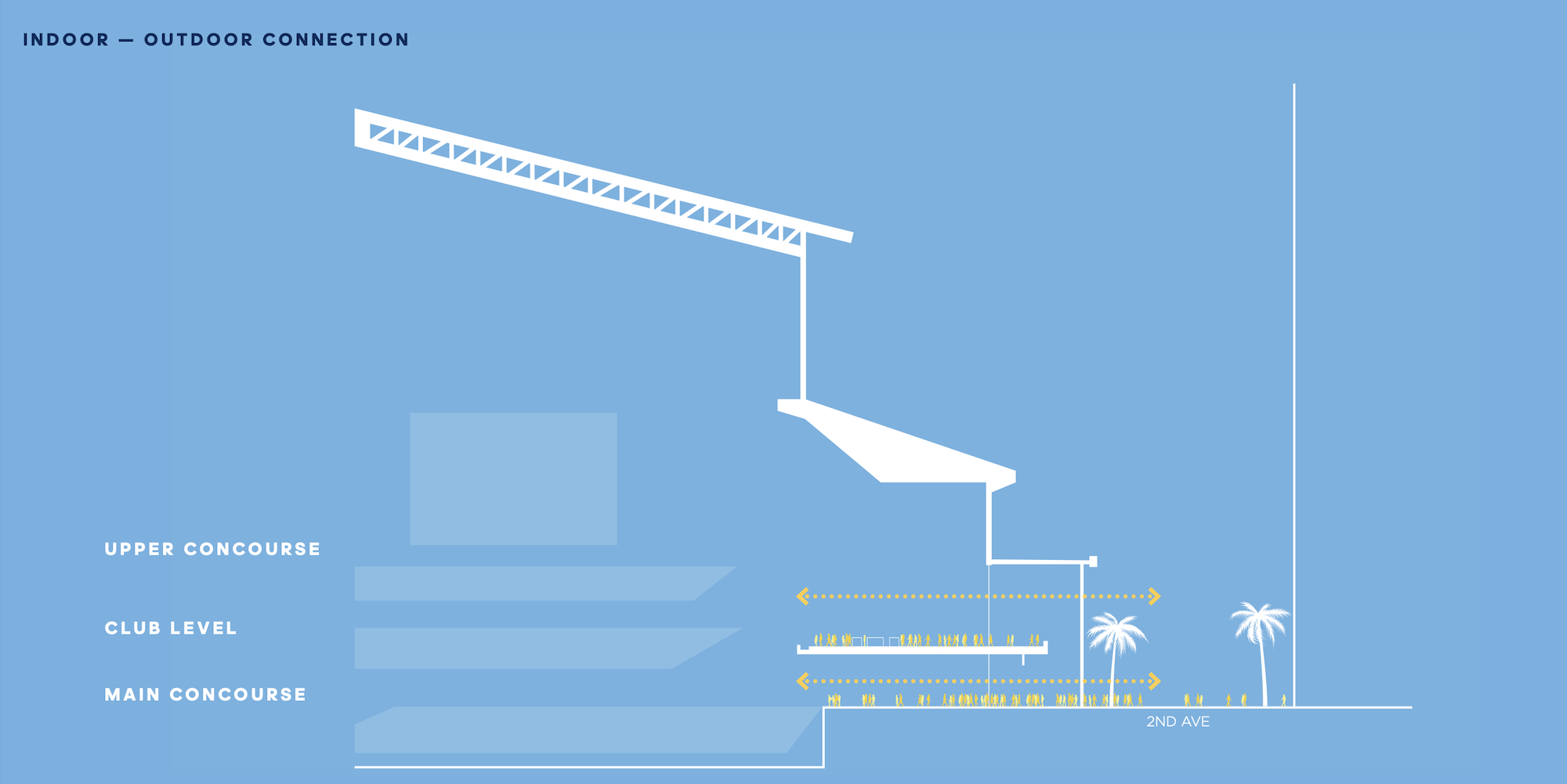

Designed as a 365-day venue, the stadium will host community events, concerts, graduations, and other activities when not being used for baseball. This multi-use capability ensures the stadium remains a hub of activity throughout the year.
The Rays are currently working through the seating arrangements, aiming to offer unique and authentic experiences that cater to various fan expectations. The stadium will feature distinct seating “neighborhoods”, each providing different perspectives and amenities to enhance the overall fan experience.
The Rays have also confirmed the new stadium will include a successor to the popular Rays touch tank currently located in the outfield of Tropicana Field.
This ambitious project represents a significant investment in the future of St. Petersburg, promising to bring new life to the area and offering a state-of-the-art venue for baseball fans and the community at large.
The new Rays stadium is expected to be a 365-day venue, hosting community events, concerts, graduations, and other activities when not being used for baseball | Tampa Bay Rays
